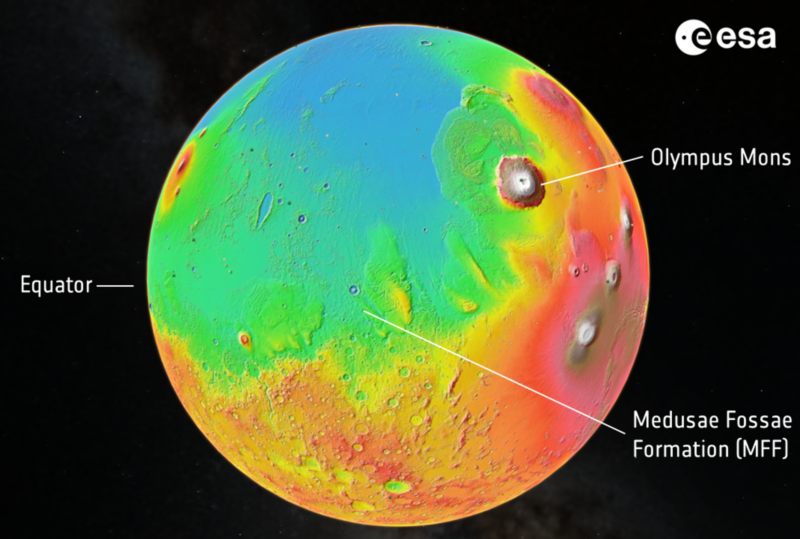
A recent discovery by the European Space Agency’s (ESA) Mars Express mission has unveiled a groundbreaking revelation about Mars: the presence of substantial water ice buried beneath the planet’s equator.
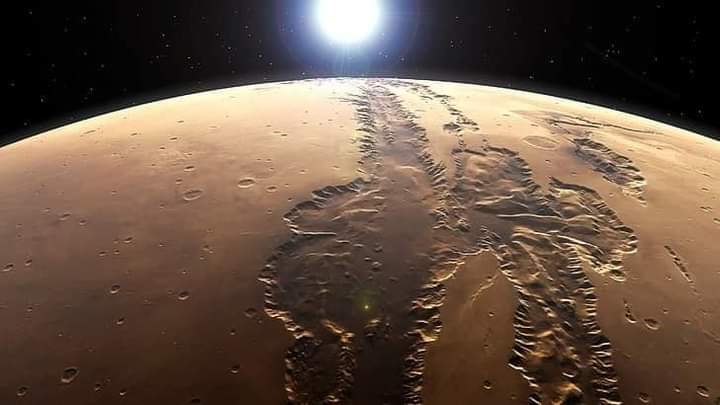
This finding, which suggests the existence of an ocean between 4.9 and 8.9 feet deep if melted, could reshape our understanding of the Red Planet and its potential for harboring life.

Mars Express, a veteran spacecraft orbiting Mars for two decades, has detected the largest amount of water ice near Mars’ equator to date. This discovery aligns with previous findings of frozen water on Mars but surpasses them in scale and significance. The ice deposits, extending 2.3 miles underground and topped by a crust of hardened ash and dry dust, are not pure blocks of ice but are heavily contaminated by dust.
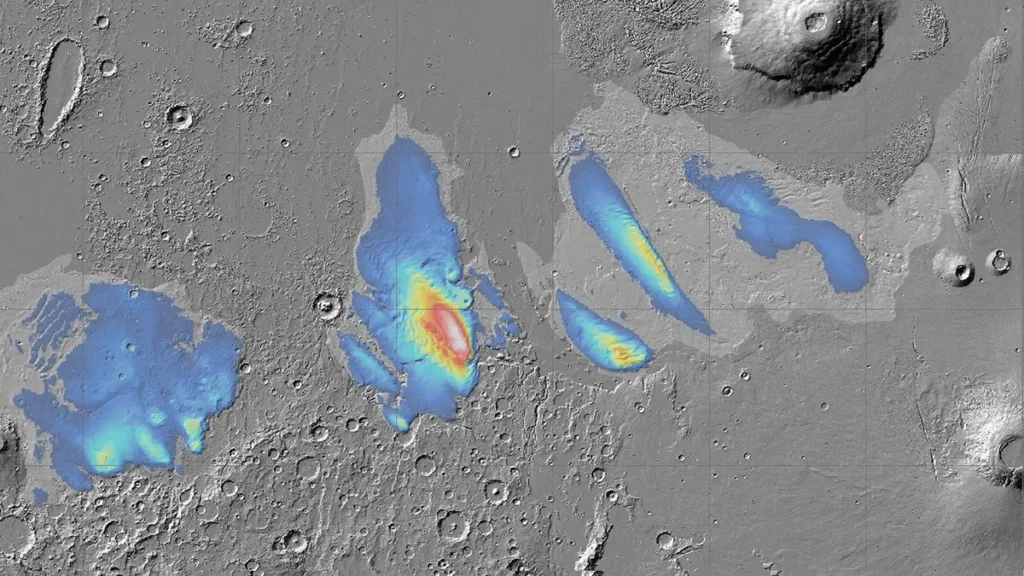
The Medusae Fossae Formation (MFF), a geological formation on Mars, has been a subject of intrigue for scientists. Situated near the boundary between Mars’ northern highlands and southern lowlands, the MFF is covered in heaps of dust, fueling the planet’s giant dust storms. The new observations by MARSIS, a subsurface radar aboard Mars Express, have revealed that these deposits are low in density and transparent to radar, characteristics expected of water ice.

The presence of subsurface water ice at low and equatorial latitudes on Mars hints at a drastically different climate in the planet’s distant past. This latest analysis challenges our understanding of the MFF and raises questions about Mars’ history and climate evolution. The ice’s existence could be attributed to Mars’ wandering axis, with the axial tilt varying chaotically over the planet’s history. During periods of high obliquity, water ice could form in large quantities at the equator, later being buried by ash and dust.
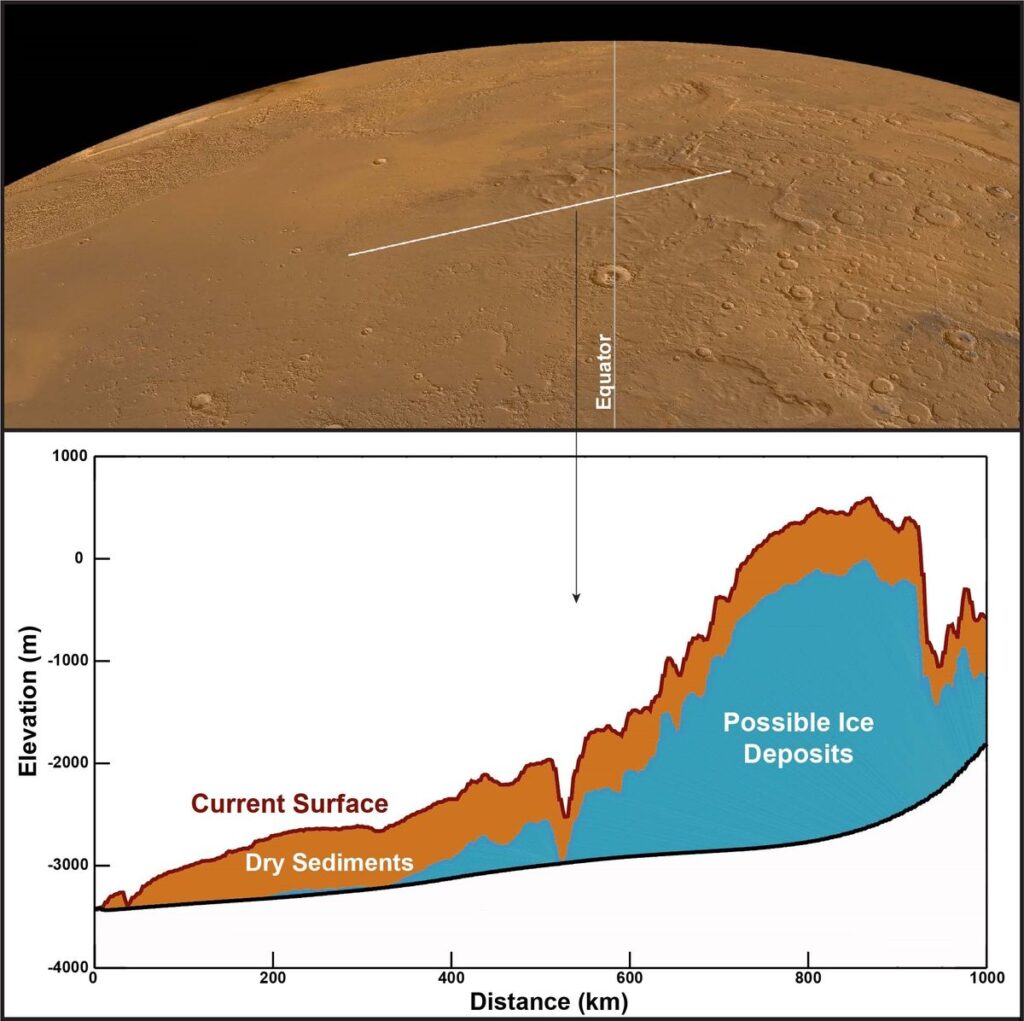
This discovery is not just a scientific curiosity but has practical implications for future crewed missions to Mars. While accessing the water ice would be challenging due to its depth, its presence near the equator makes it more accessible than ice at the poles. The potential for extracting water from these deposits could be crucial for supporting human exploration and long-term presence on Mars.
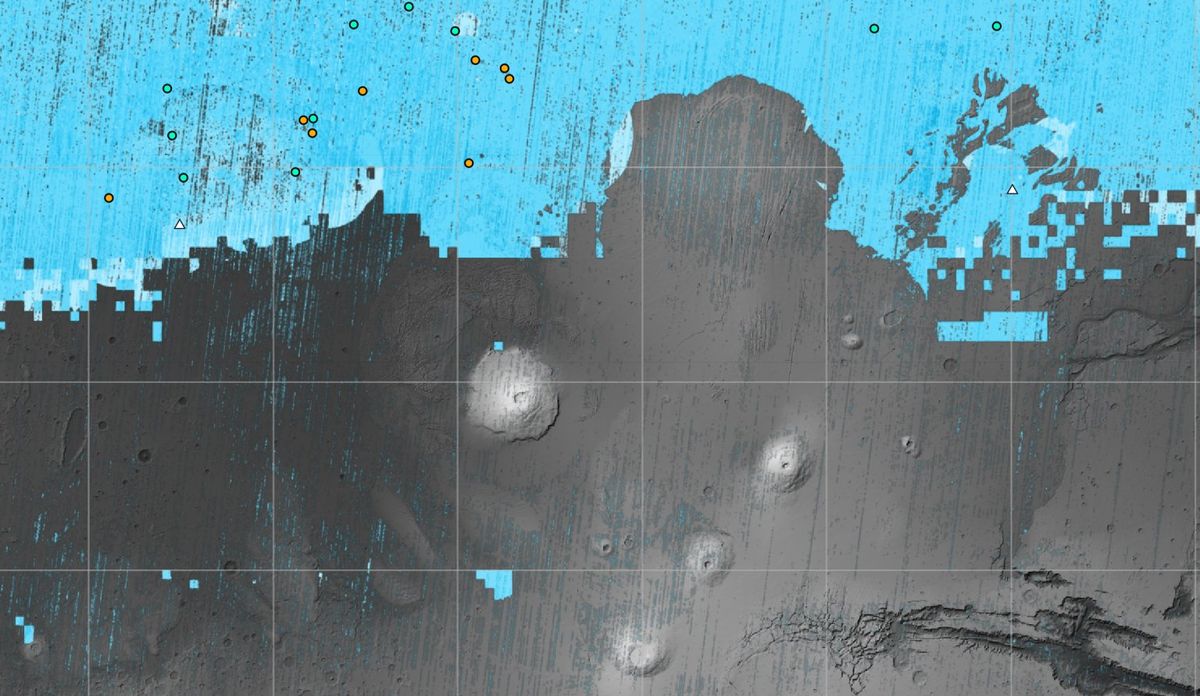
The findings from the Mars Express mission contribute significantly to our understanding of Mars and its potential for supporting life. As we continue to explore the Red Planet, discoveries like these open new avenues for research and exploration, bringing us closer to unraveling the mysteries of our neighboring planet.